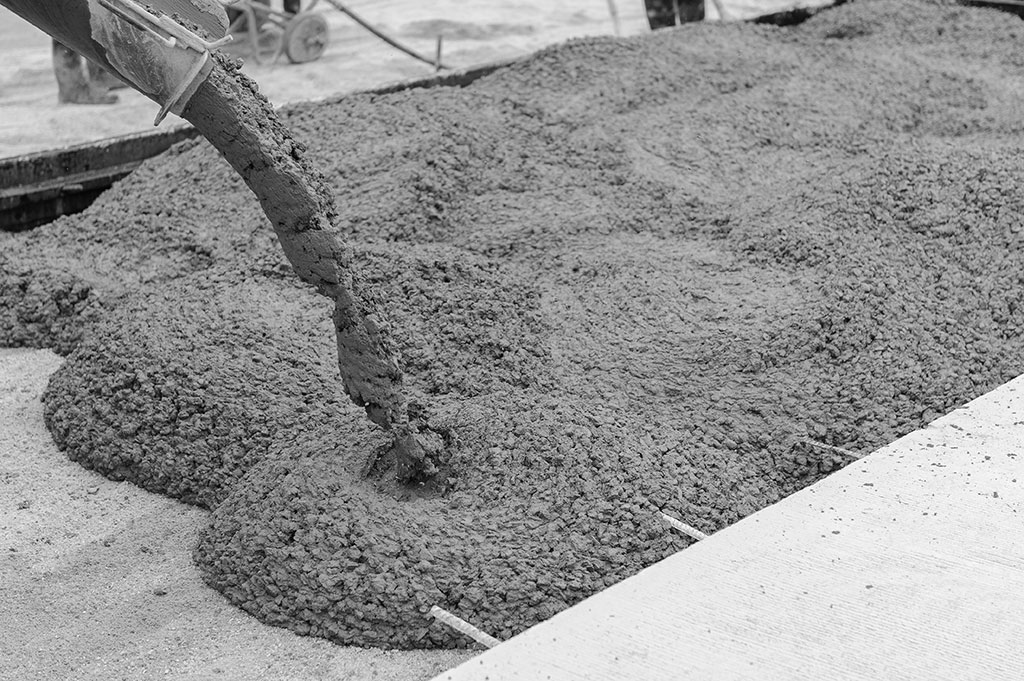Concrete is a critical element in most construction projects, made by mixing cement with water and aggregates such as gravel, sand or crushed bricks.
Plain Concrete
Concrete is an increasingly popular construction material used for building houses, highways, parking lots and sidewalks. It can also be shaped into various shapes and sizes to meet specific end results; altering the ratio of cement to aggregates as well as adding different kinds of admixtures can alter its properties significantly.
Plain concrete, also referred to as PCC or cement concrete, is concrete that doesn’t contain reinforcement and uses a standard mix ratio of 1:2:4 (1 part cement, 2 parts aggregates and 4 parts water). It is typically used for building structures requiring lower tensile strengths such as pavements or driveways.
Concrete slabs Melbourne is delivered to construction sites via cement trucks. Depending on its application, various types of concrete may be utilized.
Concrete manufactured in factories can be formed into blocks, slabs or other shapes to save time on-site. It can also be colored and stamped to add aesthetic appeal, and even made to self-consolidate to reduce vibration while speeding up placement on site.
Reinforced Concrete
Concrete reinforced with steel bars, meshes or fibers provides high tensile strength and is widely used in projects where structural loads tend to compress under compression. It’s especially advantageous in large structures or those spanning a longer distance.
Metal roofing is a poor conductor of heat and can withstand considerable amounts of fire damage without spreading further within structures, giving rescuers time to respond and save lives.
Concrete can be mixed on-site through hand applications, pouring, spraying, grouting and pumping, or prefabricated in factories for immediate delivery to construction sites.
Composite concrete uses additional materials like glass flakes, fly ash, recycled aggregates or polymer fibers for enhanced aesthetic appearance and thermal insulation – offering advantages like fire resistance, durability and low maintenance costs while being energy efficient.
High-Density Concrete
High-density concrete, also referred to as heavyweight or overweight concrete, features an increased density than standard concrete and can be used as a shielding material in nuclear reactor containment structures to protect workers from radiation exposure.
Dependent upon the type of aggregate used, high-density concrete can be strong and stiff; however, its mixing and placement is both complex and time consuming. High density concrete requires special tools and knowledge in order to be used effectively for each specific application.
At the core of any high-density concrete mix are its aggregates and water-cement ratio, both essential components. Aggregates should be free from harmful substances and graded for size and shape gradations, with modified low alkali cement having silica fume added for durability purposes. Overall, mix should produce an easy-to-work-with mix that can also be reinforced when necessary for construction; hence the importance of conducting full-scale laboratory trials prior to using HDC on site.
Lightweight Concrete
Structural lightweight concrete employs porous aggregate to lower its density while still meeting similar strength and durability requirements as regular weight concrete, making this type of mix ideal for modern structures with sleek foundations that require minimal cross sections, like buildings and bridges.
These type of concrete uses expanded shale, clay or slate material that has been fired in a rotary kiln to form porous structures or air-cooled blast furnace slag as the aggregates. Pumice formed when volcanic eruptions cool is also used, along with perlite and vermiculite produced from natural resources or byproducts from industrial processes.
Builders use insulating lightweight concrete (ILWC) to reduce construction costs or protect steel structures from corrosion, making it an excellent solution in extreme or specialized environments. Thanks to its low thermal conductivity and higher heat resistance properties, it makes this material suitable for construction of walls and roofs or cladding steel structures with it. ILWC’s low thermal conductivity and higher heat resistance make it an attractive option that can even be shaped to mimic natural stone looks, or colored for decorative effects.
